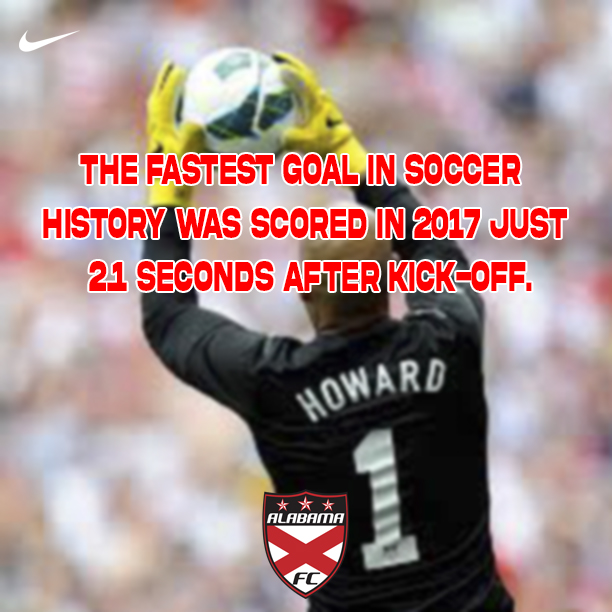# Introduction: Why the US Olympic Football Team Matters
The US Olympic football team stands as one of the most intriguing chapters in American sports history. While most fans focus on the World Cup or Major League Soccer, Olympic soccer has its own rich story and complexities. Yet, many people remain unaware of the unique role, challenges, and breakthroughs surrounding the US Olympic football team.
So, what makes the US Olympic football team so important? And more critically, how do its matches and rosters differ from other famous US soccer teams? Let’s dive deep and answer all the burning questions fans have.
# What Exactly Is the US Olympic Football Team?
The US Olympic football team is actually the national squad assembled specifically for the Olympic Games. Unlike the senior US Men’s National Team that competes in the FIFA World Cup, this team is composed mainly of players under the age of 23, with limited slots available for overage participants. This age restriction came into play after 1992, aiming to give young talent international exposure.
Interestingly, the Olympic setup is overseen by two organizations: the U.S. Soccer Federation and the United States Olympic & Paralympic Committee. While both care deeply about success, they often have competing priorities between development and results.
# The Unique Olympic Format: How It Differs from FIFA Tournaments
It’s a common misconception that the Olympics feature the same teams and level of competition as the World Cup. Not exactly. First, the qualification and age restrictions are different, which changes a team’s player pool and tactics.
Let’s make this clear with a direct comparison:
| Factor | US Olympic Football Team | US Men’s National Team (World Cup) |
|---|---|---|
| Age Requirement | U-23 + 3 overage | No age limit |
| Qualification Process | Through U-23 CONCACAF Tournament | FIFA World Cup qualifiers |
| Main Purpose | Player development, medal chase | Compete for world title |
| Frequency | Every 4 years (Summer Olympics) | Every 4 years (Staggered) |
This structure changes how coaches build the squad and what fans should expect from the team’s performance.

# Key Achievements and Historical Struggles
The US Olympic football team has a legacy of both highs and lows. On the upside, the US men reached the semifinals way back in 1904, snatching a historic bronze medal. Women’s Olympic soccer has been even more dominant, with Team USA winning four gold medals since 1996.
However, the men’s squad has faced repeated heartbreaks. For example, they missed qualification for the Olympics altogether from 2008 to 2020, despite strong youth leagues at home. According to data from CONCACAF, only four men’s Olympic appearances were recorded since 1992 (Source: CONCACAF stats archive).
Recently, the landscape is changing. The US men’s Olympic team secured its place in the 2024 Paris Games, creating a buzz among fans and fresh opportunities for young stars.
# How Are Players Selected? The Step-by-Step Process
If you’re curious about how a player makes it to the US Olympic football team, here’s the most common path:
1. Youth leagues and academy play – With robust ties to MLS academies and college soccer programs.
2. Scouting and identification – Scouts look closely at U-20 and U-23 national team players.
3. International tournaments – Coaches assess talent during CONCACAF U-23 Championship and friendly matches.
4. Training camps – A preliminary squad is called to domestic training camps for evaluations.
5. Final roster selection – From the larger training pool, a 18-player squad is named for the Olympics, including up to three overage players.
According to my experience working with youth soccer development, players who excel in versatility and decision-making see the highest chances of being picked. Coaches look not just for technical skills but also chemistry and the ability to adapt on the world’s biggest stage.
# Challenges: Why the US Olympic Team Faces Extra Hurdles
Building a successful US Olympic football team is anything but straightforward. One of the biggest obstacles is club-versus-country conflicts. Many MLS and European clubs hesitate to release key players for Olympic qualifiers or the games themselves, since the Olympics aren’t officially on the FIFA calendar.
Another unique problem is consistency. Olympic-level teams have less time together compared to regular national squads, making it difficult to develop on-field chemistry. Adding to these hurdles, the age-restricted format means that just as a core group starts clicking, they age out by the next cycle.
There’s real data behind these challenges. A 2022 report by Soccer America revealed that over half of potential US Olympic call-ups played fewer than five matches together before the qualifiers (Source: Soccer America, 2022).
# Gold Medal Success: What Would It Mean for US Soccer?
Securing an Olympic football gold is still a prize the US men have never claimed. However, a medal finish would boost the reputation of the US talent pipeline and could lead to bigger roles for young stars in top European clubs. For the women, more medals continue to cement the US as a powerhouse in global soccer.
This success isn’t just about trophies. It helps attract sponsors, grows the sport’s fan base, and inspires future athletes in the country.
# Step-by-Step Guide: How to Follow the US Olympic Football Team
Want to support or closely follow the journey of the US Olympic football team? Here’s a simple approach:
1. Track the Olympic cycle dates and qualifier schedules on the official US Soccer website.
2. Follow U-23 tournament results and keep an eye out for breakout performers.
3. Engage with soccer communities on social media for live updates and commentary.
4. Watch the official Olympic and soccer federation streams during the event.
5. After the tournament, monitor which young stars graduate from the Olympic team to the senior USMNT.
# WARNING: Common Misconceptions About the US Olympic Football Team
Many fans believe the Olympic squad is simply the top US soccer team, but this is misleading. Here’s what you should watch out for:
– Assuming all USMNT stars automatically play at the Olympics. In reality, age and club commitments rule many out.
– Believing Olympic performance predicts World Cup success. While it helps player development, the two squads are often quite different.
– Overestimating media coverage. Men’s Olympic soccer doesn’t always attract mainstream US attention outside of the games.
Careful not to judge the team’s potential or legacy simply by headlines or quick summaries.
# Final Checklist: Support and Understand the US Olympic Football Team
To make the most of your Olympic soccer fandom, review this list:
– Study the unique age rules for roster selection
– Track major qualification dates and locations
– Identify potential breakout players each cycle
– Join online US soccer forums before and during the Olympic Games
– Separate men’s and women’s Olympic records for an accurate historical view
– Use official federation sources for match times and player updates
The US Olympic football team is far more than a lineup of hopefuls. It’s a proving ground, a tradition, and sometimes, a story of underdog resilience. If you follow the steps above, you’ll be an expert supporter by the next Summer Games!













